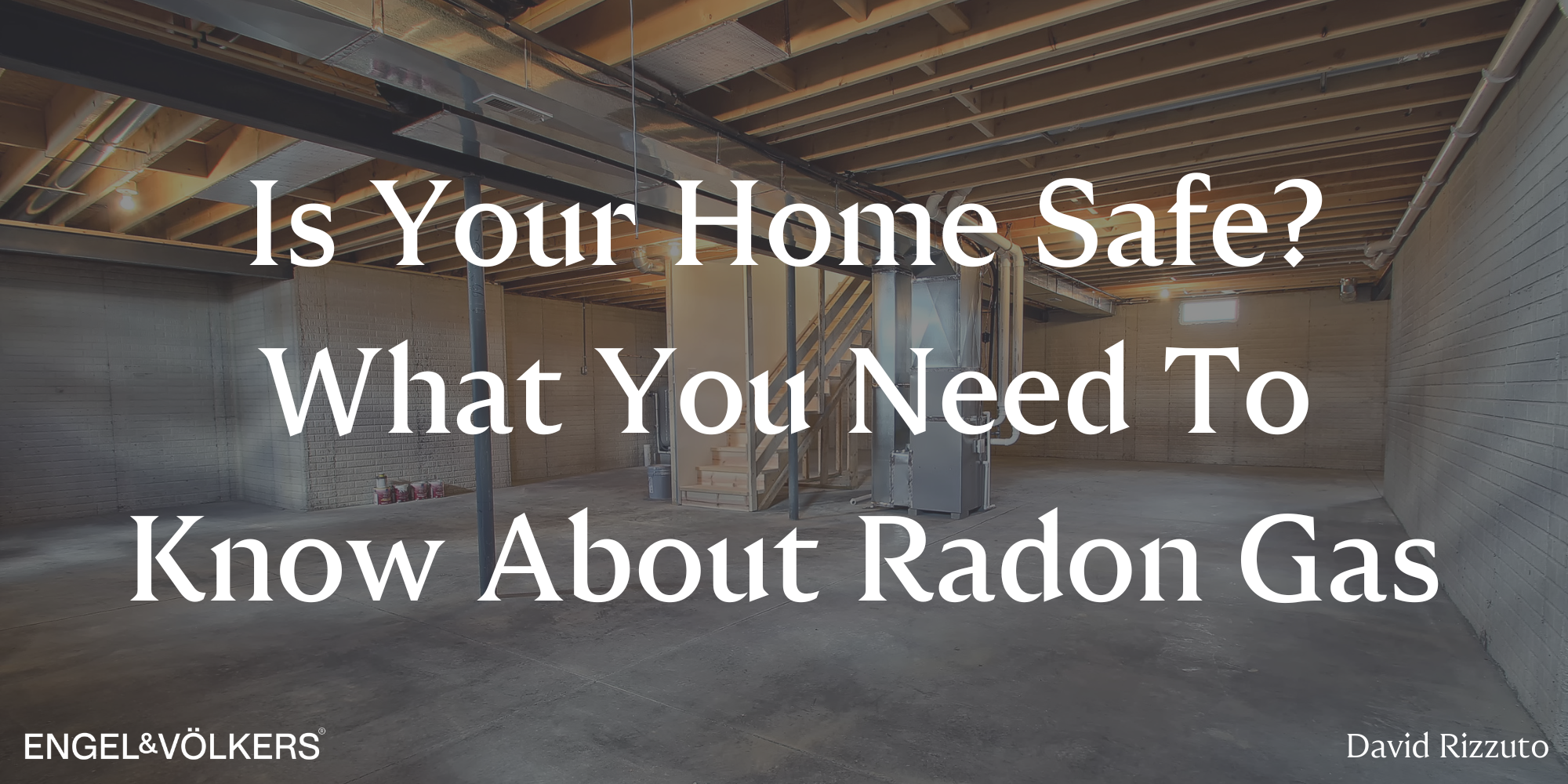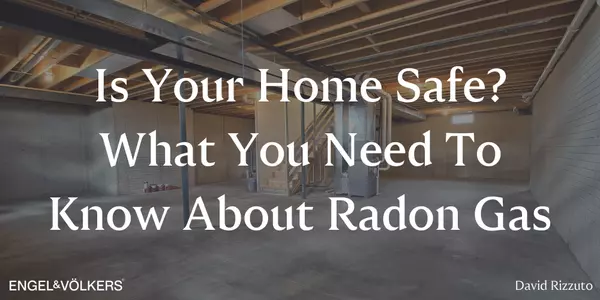Is Your Home Safe? What You Need To Know About Radon Gas

Odorless and largely left undetected, radon is a dangerous radioactive gas naturally found in the environment, but also commonly found within homes. Radon is odorless, colourless, and tasteless. It is released from the ground into the air through natural processes. In open air, the gas is diluted to low concentrations and is no cause for concern, but in enclosed spaces, radon can be a serious issue.
Radon is the second leading cause of lung cancer after smoking, with 16% of lung cancer deaths in Canada being related to radon exposure. Prolonged exposure to high levels of radon also causes other respiratory issues such as aggravating existing asthma and COPD, high blood pressure, immune system suppression, and more.
Radon can enter your home through tiny openings in floors, drains (especially basement drains), cracks and crevices in foundations, sump pumps, or any other area of your home that is in contact with the ground. Radon can also be present in well water. It is imperative that homeowners monitor radon levels in their home. A simple radon test kit can be purchased at a hardware store or online. Short term and long term tests are available. Homeowners can also hire a certified professional to perform radon tests and recommend corrective action.
Nevertheless, here are some tips to reduce and prevent radon buildup in your home:
Seal all cracks/gaps in basement foundation walls. Any pipes, drains, or fittings that penetrate concrete walls or floors should also be sealed around.
Install a sealed sump pump cover. An open sump pump or loosely fitting cover can introduce extra radon gas from the sump drains.
Install a Heat Recovery Ventilator (HRV) to introduce a continuous supply of fresh air into your home. Generally, implementing more ventilation (periodically opening windows and doors) will help dissipate radon gas.
Prevent depressurization in your home. Using bathroom exhaust fans, stove hood vents, fireplaces, and wood stoves reduce the pressure in your home, which encourages radon and other gases to enter your home from the higher pressure soil. When using these devices, it is important to introduce fresh air into your home at the same time, to stabilize your home's pressure.
Install a radon mitigation system. If radon is a continuous problem in your home, a professional can install a mitigation system. There are active soil depressurization systems, or radon suction systems.
Radon gas is something homeowners should take seriously. Just because you can't see, hear, feel, or smell it, doesn't mean radon gas isn't harmful to the health of you and your family.
Categories
Recent Posts











